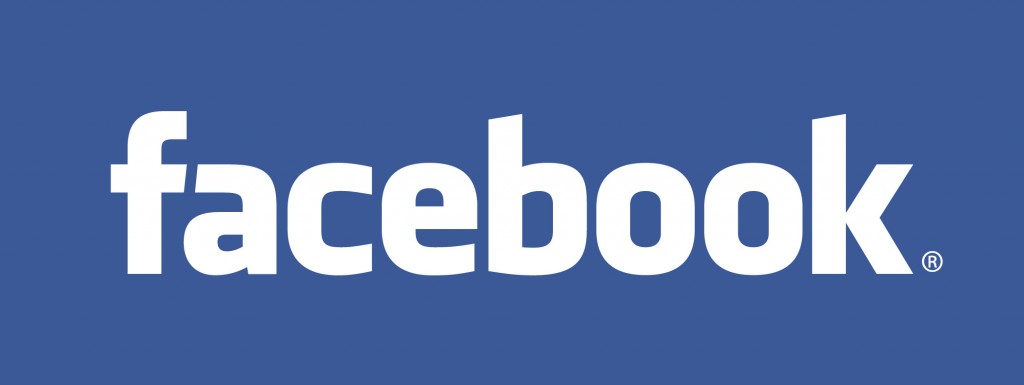
Instagram. Instagramming. Insta-like. Regram. If you're familiar with the world of Instagram, a relatively newer social network, you'll know that Instagram is a great place to share photos and recently introduced, short video clips! With Instagram, Health Organization and Professionals can show a more creative and fun side to their establishment through posting and sharing of photos and videos! The more eye-catching site makes Instagram stand out from it's components such as Facebook and twitter.
The purpose of Instagram is for users to share photos and videos via the media rich platform's mobile application showcasing a different side to user's lifestyle and experiences. Health Organizations and Professionals can surprisingly utilize Instagram effectly for their own uses. Instagram is a great tool to share photos of what the organization has been doing, giving a behind the scenes look at the staffing, and keeping things fun, but also professional when trying to attract new clientele.
 Instagram is a social media platform that allows users to share information via photos and videos. It is somewhat text based through photo & video "captions" but that is as far as it goes unless you decide to use other apps to share photos with text already in them.
Instagram is a social media platform that allows users to share information via photos and videos. It is somewhat text based through photo & video "captions" but that is as far as it goes unless you decide to use other apps to share photos with text already in them. Health Organizations and professionals can create their very own profile by downloading the app to a smartphone. Once they've created a log in, they can easily begin sharing photos, updating their profile, ethically gaining followers and following others but it is not that simple. Wait. Yes it is, there are just a few things that must be considered before beginning the Instagram account. We will get to that in Cody's Corner: The Advice Column further down!
Cody's Corner
Tips & Tricks for Using Instagram Effectively
- What is the goal?
- Who is your target audience? What are you trying to establish by creating this Instagram account?
- Create an eye catching profile -
- Make sure you that you have your company or organization logo as well as a description of the overall goal of the organization or mission statement. A link to your webpage or Facebook page will also be appropriate.
- Follow!
- Following organizations who are relative to you is a great way to get into the swing of things and also even build your follower base
- #Hashtags but don't #OverDoIt
- Hashtags are a great way for people to search keywords on topics they are looking for, especially health related information. Hash tagging your photos will allow them to show up in the searches for those key words! An example would be - if your organization is working on a brain cancer campaign, using the hashtag #braincancer will help others searching to discover your organization's campaing.
- Overusing hashtags however, can be annoying and tacky. This may show users that your health organization is only out to gain popularity (while this is true, they will view you as doing it unethically)..
- Engage!
- Engage with people online. Like other health organization and professional's photos as way to show you're interested in what they are promoting or sharing. If someone comments on a photo or video, be sure to respond back to the comment!
- Evaluate
- As always, monitor what people are responding to more and what they are not responding to. You can easily determine this by how many likes and comments the photos get! Find out what your followers want to see. If your focus is weight-loss, your followers are following you to see weight-loss tips and health recipes, not see photos about global warming.
 The World Health Organization is a great example of an organization utilizing Instagram effectively. They post regularly about projects they are working on including photos of the staff giving us a behind the scenes look. They do not clutter our feeds with non stop posts, but are steadily updating the profile. They have descriptive captions for each post and also use relative hashtags but do not over do it.
The World Health Organization is a great example of an organization utilizing Instagram effectively. They post regularly about projects they are working on including photos of the staff giving us a behind the scenes look. They do not clutter our feeds with non stop posts, but are steadily updating the profile. They have descriptive captions for each post and also use relative hashtags but do not over do it. The Instagram profile is the place where someone may stumble upon first. Having a decent looking profile with a photo of your company logo, some background information and a link to your website is a great start (even if it's a link to your organization's Facebook page). Sharing nicely taken photos with proper hashtags and informative captions is also key to success. Engaging with your followers and also following people back that are relative to your organization will increase the success of your health organization.
As always, have a #happy and #healthy day!
-Cody

















